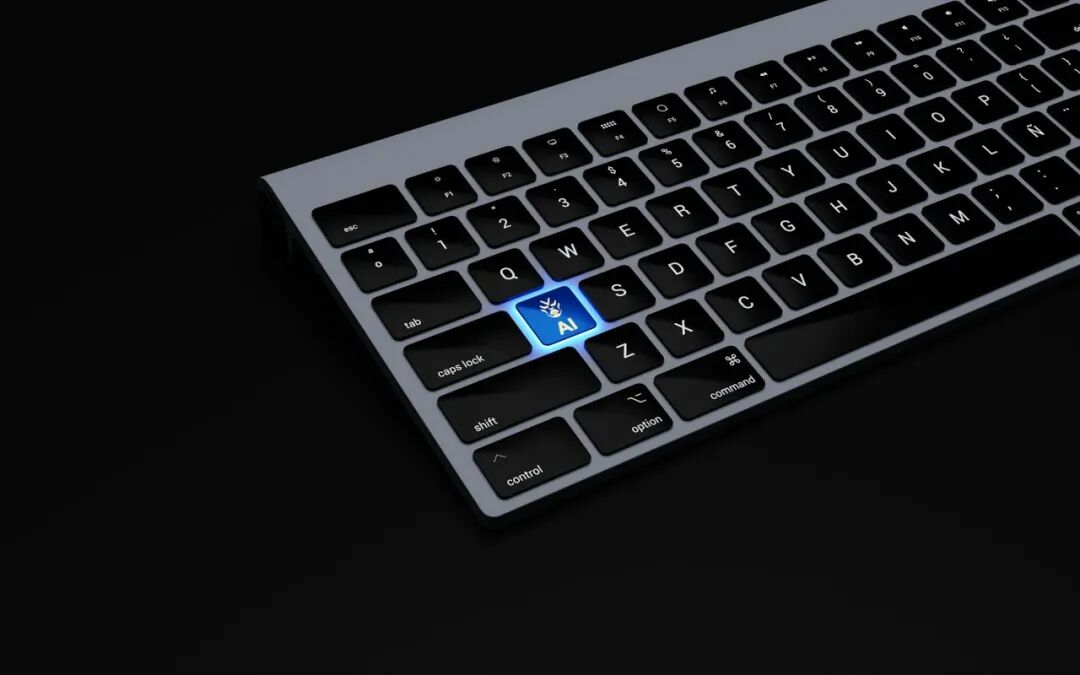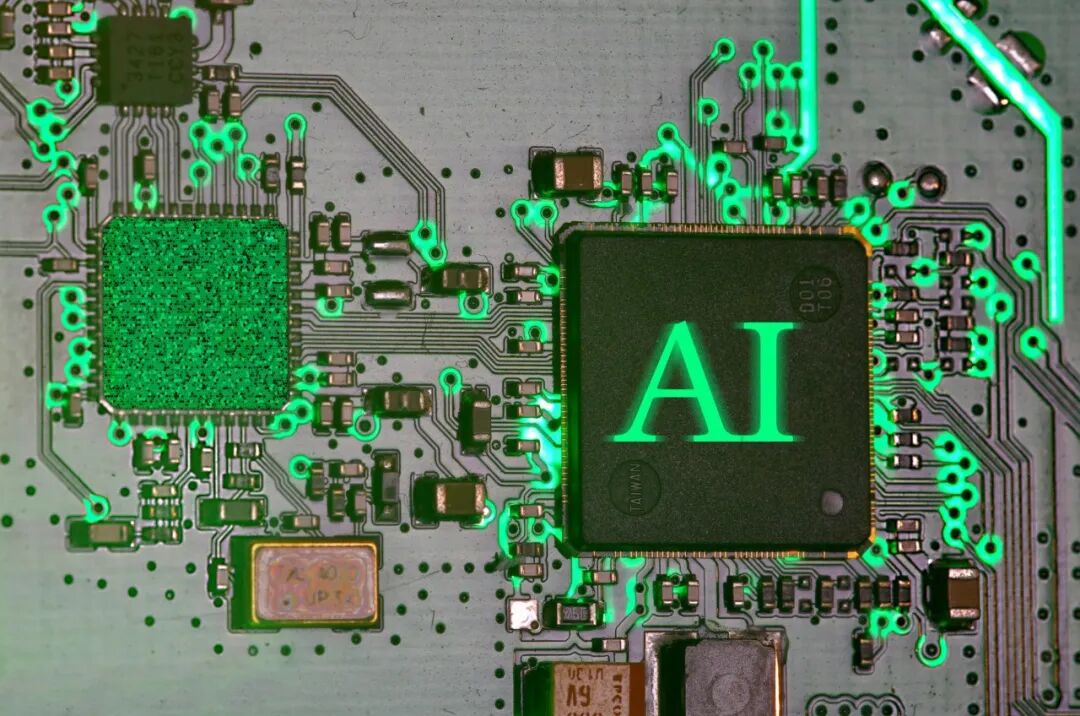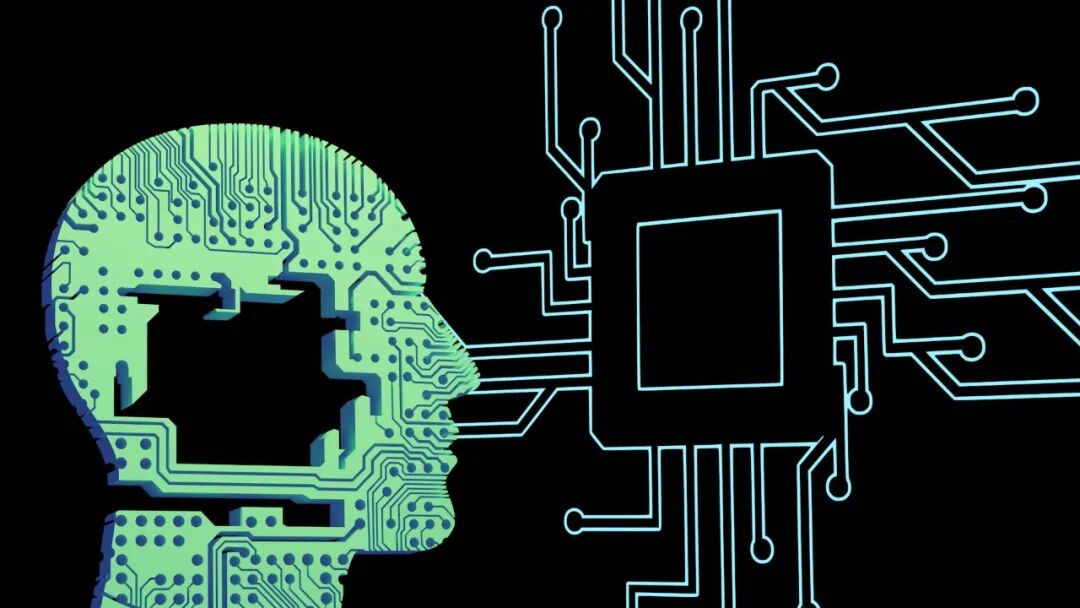Musk Deems OpenAI Overvalued: How Much Hype Surrounds AI?
![]() 10/16 2025
10/16 2025
![]() 554
554
In the contemporary AI market, the large - model revolution ignited by OpenAI has utterly revolutionized our daily lives. The widespread popularity of GPT has propelled OpenAI's valuation to soar, recently surpassing an astonishing $500 billion. This situation has, however, sparked a great deal of debate. Among the most prominent voices is that of the well - known entrepreneur Elon Musk, who directly stated that OpenAI's valuation is excessively high. Does Musk's assertion hold up? Just how much hype is there in the field of artificial intelligence?

I. Musk Alleges OpenAI Is Overvalued?
Recently, the official account of the business media platform Morning Brew shared a list of the top ten most valuable unlisted companies globally on X. OpenAI claimed the top spot with a valuation of $500 billion, followed by SpaceX at $400 billion and xAI at $113 billion, which ranked fifth. A netizen commented, "It's insane that three of the top five companies were founded by the same person (Musk)." Musk responded, "OpenAI's valuation seems excessive."
It's not just Musk; Bret Taylor, Chairman of OpenAI and CEO of the AI agent startup Sierra, also recently admitted that we are indeed in an "artificial intelligence (AI) bubble."
Shortly before this news broke, OpenAI completed a secondary share sale, raising its valuation to $500 billion (approximately RMB 3.56 trillion).
This valuation not only marks a new historical peak for OpenAI but also surpasses those of tech giants like SpaceX ($400 billion, approximately RMB 2.84 trillion), ByteDance (approximately $330 billion, approximately RMB 2.35 trillion), and Anthropic ($183 billion, approximately RMB 1.30 trillion), making it the most valuable startup on a global scale.
On September 20, foreign media also reported that xAI's valuation could reach $200 billion (approximately RMB 1.42 trillion), but this has not been officially confirmed.
OpenAI's current valuation is roughly on par with Elon Musk's net worth. Currently, Musk is the world's richest person, with a net worth of approximately $453 billion (approximately RMB 3.22 trillion).

II. How Much Hype Exists in Artificial Intelligence?
Recently, the news that OpenAI topped the list of global unlisted companies with a $500 billion valuation was overshadowed by Musk's comment that its valuation "seems high." How should we interpret Musk's statement?
Firstly, Musk's public questioning of OpenAI's high valuation, while seemingly out of the blue amid the global AI frenzy, is actually quite logical and in line with his consistent style. As the leader of Tesla, SpaceX, and several other cutting - edge tech companies, Musk is undoubtedly a beneficiary and promoter of AI technology development. Whether it's the continuous evolution of the Full Self - Driving (FSD) system or the exploration of brain - machine interface technology, all are deeply rooted in the progress of AI. However, this doesn't stop him from offering sharp criticism of certain phenomena in the AI field. In fact, Musk has built a reputation for making controversial statements. He is used to sparking public thought on tech ethics, technological risks, and capital bubbles through highly debatable remarks.
From his early warnings about the dangers of AI to his later opposition to OpenAI's commercialization and closure, and now his outright claim that its valuation is inflated, these statements may seem contradictory but are actually consistent. They reflect a deep - seated concern about technological失控 and capital frenzy. Therefore, when Musk criticizes OpenAI's high valuation, we shouldn't simply view it as a smear campaign in commercial competition. Instead, it should be seen as a "warning" from a tech leader deeply involved in the AI ecosystem about industry overheating. Such candor is especially valuable in an atmosphere of capital exuberance, reminding us that even the most cutting - edge technologies require a rational examination of their underlying valuation logic and sustainability.

Secondly, the current AI market is generally overvalued, although we must acknowledge that the emergence of generative AI technologies, represented by GPT, is indeed a groundbreaking technological revolution. From content creation to code generation, from customer service to educational tutoring, AI large models are infiltrating every aspect of social life at an unprecedented pace. Many traditional jobs, such as copywriting, basic translation, data entry, and even some junior programming tasks, are starting to be partially or completely replaced by AI tools. The breadth and depth of this transformation are extremely rare in human technological history.
However, we must clearly recognize that current AI technologies, especially those centered around large language models, essentially remain at the level of "advanced pattern matching" and "logical reasoning" based on massive data training. They excel at tasks with well - defined structures and clear paradigms, such as writing press releases, generating PPT outlines, and coding standard code snippets. But when faced with vague, complex tasks requiring deep contextual understanding or creative breakthroughs, AI often falls short. This limitation, where AI can write formulaic articles but struggles with vague requirements, reveals the fundamental shortcomings of current AI technologies.
Therefore, viewing AI as "omnipotent" general intelligence is clearly a serious misjudgment of the current technological landscape. The market's fervent pursuit is often based on an exaggerated imagination of AI's capabilities, and the huge gap between this imagination and reality is precisely the breeding ground for bubbles.

Thirdly, focusing on OpenAI, a star company, its success owes a great deal to the phenomenal popularity of ChatGPT. The user growth curve of this product has been nothing short of miraculous, rapidly amassing a vast active user base and subsequently driving the company's valuation to unprecedented heights. However, what is less well - known is that maintaining such high levels of hype requires continuous financial investment.
The computational resources needed to train large - scale neural networks are extremely costly, with each iteration and upgrade incurring significant expenses. Meanwhile, to stay competitive, continuous expansion of application scenarios and optimization of user experience are essential, all of which demand substantial financial support.
Although OpenAI is expected to reach a profitability turning point in the long run as technology advances and applications mature, in the short term, such high operating costs undoubtedly place immense pressure on investors. From the perspective of the capital asset pricing model, the excessively high valuation has already factored in years of future growth expectations. Once market sentiment shifts or technological breakthroughs fall short of expectations, the risk of a stock price correction will significantly increase. Therefore, for ordinary investors, blindly chasing price increases and panic selling is far from a wise strategy.

Fourthly, we are at a crossroads in AI development. While recognizing the profound transformations AI brings to the world and actively adapting to and embracing this technological wave, we must also remain vigilant against the risks of excessive hype. The potential of AI technologies is undeniable; they promise revolutionary advancements in healthcare, education, energy, transportation, and other fields, enhancing overall societal efficiency and improving human life quality. Both enterprises and individuals should proactively learn and apply AI tools to enhance their competitiveness.
However, history has repeatedly shown that every technological revolution is accompanied by irrational exuberance and bubbles. From the Tulip Mania in the 17th century to the dot - com bubble at the end of the 20th century, and more recently, the cryptocurrency craze, excessive speculation has invariably led to market turmoil and the evaporation of vast amounts of wealth. The AI field is no exception. When the media inundates us with claims that "AI will replace everything," when investors relentlessly chase AI concept stocks regardless of cost, and when startups secure astronomical valuations based solely on an AI concept, we may be nearing the peak of the bubble.
The shadows of past economic crises and stock market crashes loom large, reminding us that the long - term value of technological progress does not always align with short - term market fluctuations. AI is not omnipotent; it has inherent limitations and developmental patterns. True value creation stems from the deep integration of technology with real - world needs and sustainable business models, not from empty concept hype.
Therefore, whether as investors, entrepreneurs, or the general public, we should maintain a sense of calm and rationality. While embracing AI, we must see through the hype and focus on the essence of technology, the effectiveness of applications, and the logic of business.
For investors, a rational approach is to neither deny AI's long - term potential nor blindly chase inflated valuations.
For the industry, only by returning to a balance between technological breakthroughs and commercial realization can AI truly become an engine driving economic development, rather than leaving behind a trail of capital excess after the frenzy.








